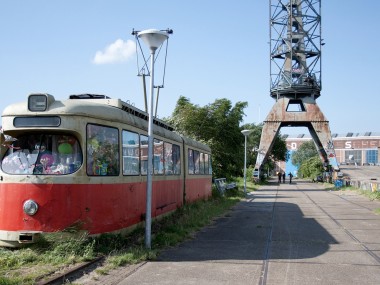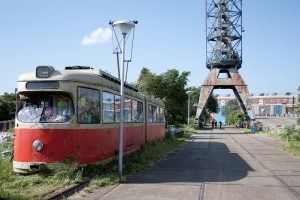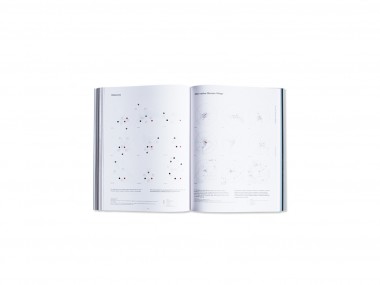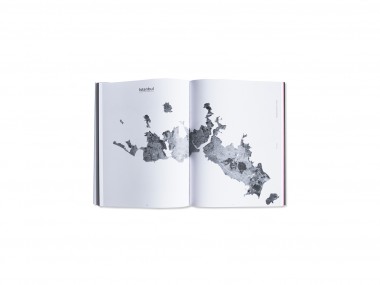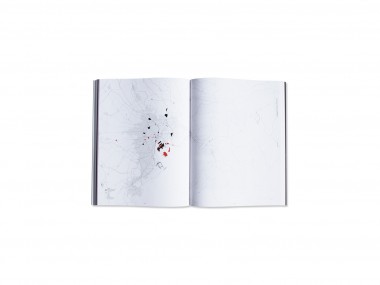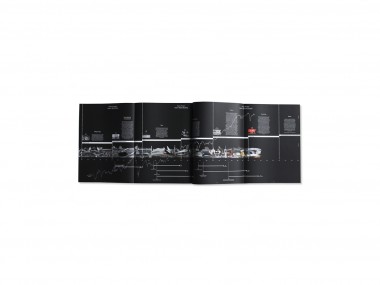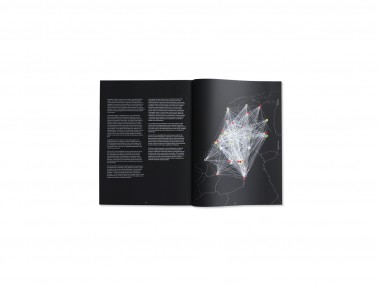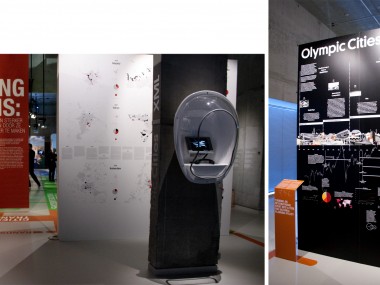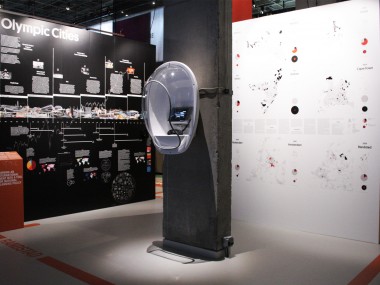The study of public spaces is configured as a transformation; operations that happen through the usage and actions on pre-existing conditions. This occurs through spontaneous actions and sometimes temporary ones.
For example, In the events that took place after the occupation of Zuccoth Park in New York in September 2011 it was seen that the camps were forming “a common space rather than a single political cause”, “the appropriation of space itself, or in the jargon of the occupants, the liberation of space “.1
“The city is an eminently collective fact that is defined and is in those works
whose nature is essentially collective; and even borning though such works as means to build the city, they soon become a goal; and we do this in their being and their beauty. ” A. Rossi, L’architettura della città.
Possibilities that arise from the opportunity of being in the same space like seeing or hearing other peoples, can be evaluated observing people’s reaction to the presence of other people as observed by Jan Gehl.
It is generally true that people and human activities attract other people; An old Scandinavian saying tells it all: “people come where people are.”
The social life in public spaces contributes fundamentally to the quality of life of individuals and society. We have a moral responsibility to create physical places that facilitate civic engagement and community interaction.
William Whyte suggests a new bottom-up, instead of top-down, approach to the designing of public spaces. Using his approach, design should start with a thorough understanding of the way people use spaces and the way they would like to use them. Whyte noted that people vote with their feet – they use spaces that are easy to use, that are comfortable. They don’t use the spaces that are not. Through observations and by chatting with people, we can learn a great deal about what people want in public spaces and we can put this knowledge to work creating places that shape liveable communities. We should therefore enter spaces without theoretical or aesthetical biases, and “look hard, with a clean, clear mind, and then look again – and believe what you see.” 4
When outdoor areas are qualitatively poor only strictly necessary activities occur. On the contrary, when outdoors areas are of high quality, necessary activities take place with approximately the same frequency, but they tend to last longer becoming social activities.
“Social activities are all activities that depend on a the presence of others in public spaces. The character of social activities varies, depending on the context in which they occur.”2
Social activities transform the environment on which they are practiced.
The concept of transformation assumes a fundamental role in the usage of space and architecture. Transformation means to act on the environment, modifying the surrounding shapes that characterize it.
Beside the open spaces, architecture organizes also the surrounding spaces. The shape varies in its use in a way that adapts to the circumstances.
Siegfried Giedion wrote about the Renaissance city as the possibility of “re-use of forms” 3. He claims that the new formulation of urban elements characterizes certain historical periods of the city and it does not go through their invention instead. On the contrary, an innovative composition produces a redefinition of the elements and changes with the use of places, without changing their spatial conception.
Is important to give innovative and bright ideas concerning public spaces design in contemporary cities, especially for the spaces without a recognized role in the society. The marginal areas that are elect as new spaces by the users.
Identifying the marginal areas, that become a new part of the social life and have the opportunity to be part of the society and have the opportunity to suggest new scenarios and design of open spaces and architecture: real shared places.
REFERENCES
- Benecit Cluette e Marlisa Wise – Note da un’occupazione, Domus, Gennaio 2012.
- Jan Gehl – Life between buildings, using public space, Van Nosrand Reinhold Company, New York. 1986.
- S. Giedion, Space, time and architecture (1941), tr. it. Spazio, tempo, architettura, Hoepli, Milano 1984
- The Essential William H. Whyte, Albert Lafarge (Editor), Fordham University Press, 2000.


